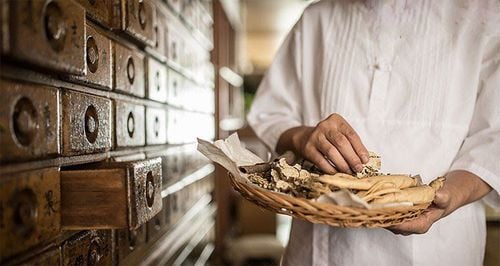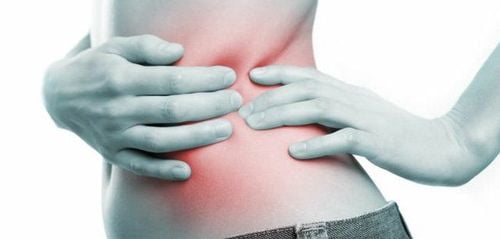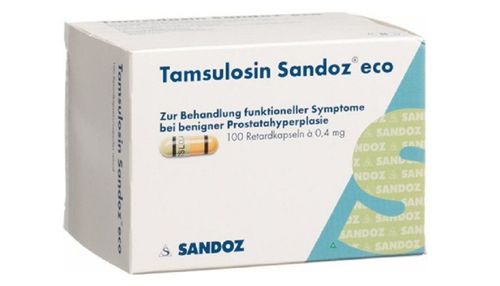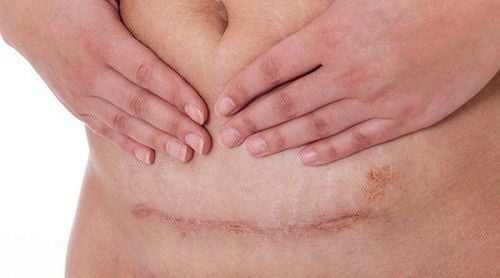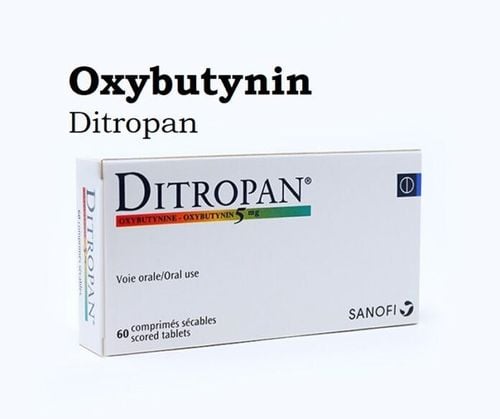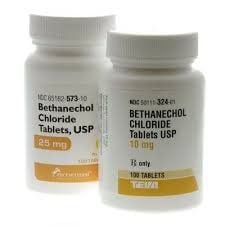This is an automatically translated article.
The article is professionally consulted by Master, Doctor Le Phuc Lien - Urologist - Department of General Surgery - Vinmec Nha Trang International General Hospital. The doctor has more than 12 years of experience in the field of urology and specialized urology.Urinary retention after delivery is one of the common complications, especially for mothers who give birth vaginally. Mothers feel the need to urinate but are unable to urinate. On clinical examination, the abdomen was soft, the area below the umbilicus was a well-retracting uterine mass, and another sphere, a bladder ball, appeared.
1. Is urinary retention after birth dangerous?
Postpartum urinary retention is not dangerous but has a significant impact on the mother. About 13.5% of postpartum women have this condition.Women who have urinary retention after giving birth often have a feeling of tightness when pressing their abdomen. After instructing the mother to practice urination such as sitting in a natural position, or applying a warm compress to the abdomen below the navel, the woman still cannot urinate on her own, and the feeling of tightness and discomfort is increasing.

Những sản phụ mắc chứng bí tiểu sau khi sinh thường có cảm giác căng tức khi ấn bụng
2. Treatment of urinary retention in women after giving birth
2.1 Principles of treatment There are 4 principles to treat urinary retention after birth:
Practice urinating to recreate the reflex to urinate. Take antibiotics to fight infection. Use anti-inflammatory anti-edema compressing bladder neck. Support to increase bladder tone helps the ability to contract the bladder back to normal.
2.2 The order of treatment for urinary retention 2.2.1 Practice urinating Warm the abdomen, soak or wash the vulva area with warm water. Drink plenty of water, have adequate nutrition, exercise early, practice urinating in a natural sitting position, avoid holding urine due to pain, avoid infection of the vulva area 2.2.2 catheterization, insert a urinary catheter and save it for 24 hours if learning to walk Urinating but the woman still cannot urinate
Bladder exercise:
Put a urinary catheter and remove the clamp every 3-4 hours, re-create the reflex to urinate (note: when removing the clamp, the mother must practice pushing to urinate. via sonde). Before withdrawing the urinary catheter, clamp the urinary catheter for 4 hours, wait for the feeling of needing to urinate, let the mother push through the catheter, if it is possible to urinate through the catheter, then remove the catheter. Points to note when catheterizing:
Instruments (especially urinary catheters) must be absolutely sterile to avoid infection upstream. The technique must be performed according to the correct procedure and absolutely sterile. Do not use a urinary catheter that is too large to cause damage, or edema. The movement must be gentle, avoiding roughness, causing scratches on the urinary tract, if it is difficult to do it again or ask the patient to open his mouth to breathe evenly to reduce urethral spasms. If urine is to be collected for bacteriological testing, the urine should be collected midstream, which should be collected directly into a sterile test tube. Do not leave urinary catheter for more than 48 hours (unless directed by a doctor). Do not pass urine several times a day. If the patient with urinary retention has an overdistended bladder, it must be withdrawn slowly and not completely emptying the bladder, because it will reduce the pressure in the bladder suddenly and cause bleeding (the way to prevent bleeding is to insert a catheter). a small catheter for slow flow, or insert a normal-sized catheter and clamp and then remove and clamp to relieve pressure gradually). Monitor the bladder during and after urinary catheterization to detect abnormalities and timely treatment. Can be treated with Oriental medicine, acupuncture, if the drug is not effective, then proceed to place a urinary catheter.

Khi bị bí tiểu sau khi sinh, sản phụ nên đến gặp bác sĩ để được tư vấn đặt sonde tiểu
2.2.3 Use of drugs Take antibiotics to fight infections: Broad-spectrum antibiotics such as cephalexin, doncef, augmentin, taken orally, continuously for an average of 7 days. Use anti-inflammatory drugs: use anti-inflammatory drugs to prevent edema pressing on the bladder neck. Anti-edematous drugs eg: alphachymotrypsin . Support to increase bladder tone: help bladder contractility return to normal by using drugs used to promote bladder tone and contractility with prostigmin or xatral for 4-5 days. In addition, the combination of vitamin B1, vitamin B6 and vitamin B12 drugs to increase health. After 9 months and 10 days of heavy weight, pregnant women entered labor and faced a level of labor pain comparable to 20 broken ribs at the same time. In order for the birth to go smoothly and safely, pregnant women need to understand: - How the labor process takes place, how long does it usually take to have a normal delivery or cesarean section, to protect the best health? for the unborn baby.
Methods to relieve pain during childbirth, limit pain and relieve psychological pressure during labor. The way to push and breathe during childbirth is usually the right way so that the labor takes place quickly, the pregnant woman does not lose strength during childbirth. How to control postpartum uterine contractions in the shortest time. How to take care of the perineal suture does not cause infection and dangerous complications. Early postpartum re-examination to detect dangerous abnormalities such as residual placenta, missing gauze. Take care of the newborn until full month healthy. To ease the pain of childbirth, Vinmec offers a full Maternity program with a complete "painless delivery" service during and after birth using non-morphine epidural and sedation techniques. ashamed. During the birth process, the mother will be guided by the midwives on how to push and breathe properly, the baby will be born in just 10-15 minutes. After birth, the baby will be cared for in a sterile room before being returned to the mother.
Pregnant women will rest in a high-class hospital room, designed according to international hotel standards, 1 mother 1 room with full facilities and modern equipment. Mothers will be consulted by nutritionists on how to feed the baby before being discharged from the hospital. Postpartum follow-up with both mother and baby with leading Obstetricians and Pediatricians.
Please dial HOTLINE for more information or register for an appointment HERE. Download MyVinmec app to make appointments faster and to manage your bookings easily.




